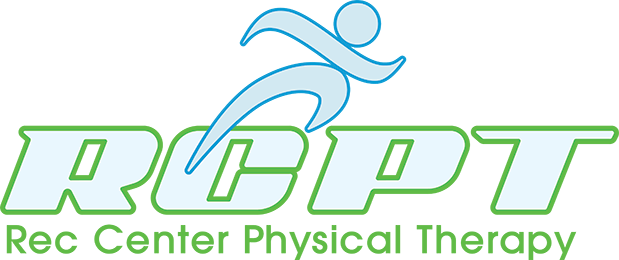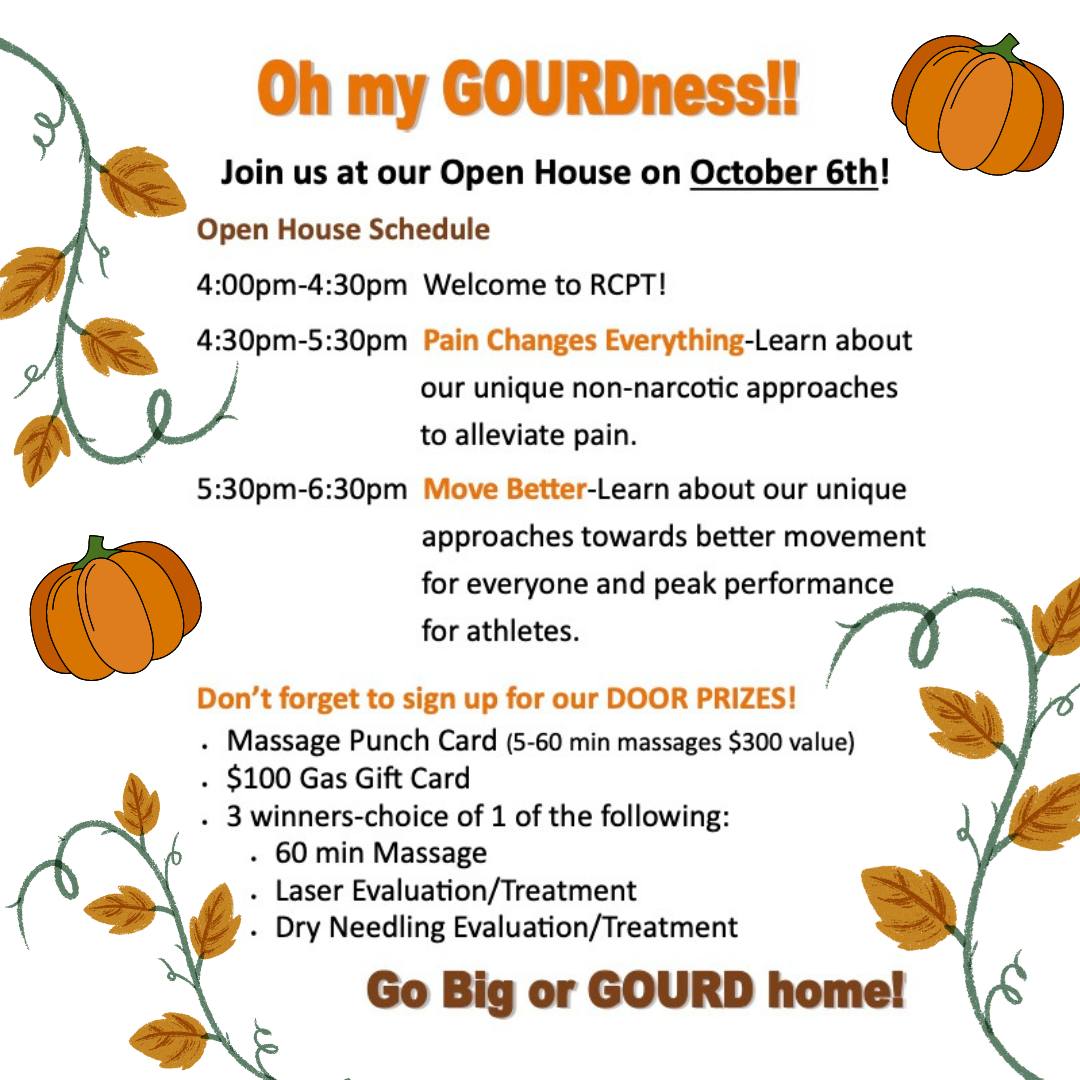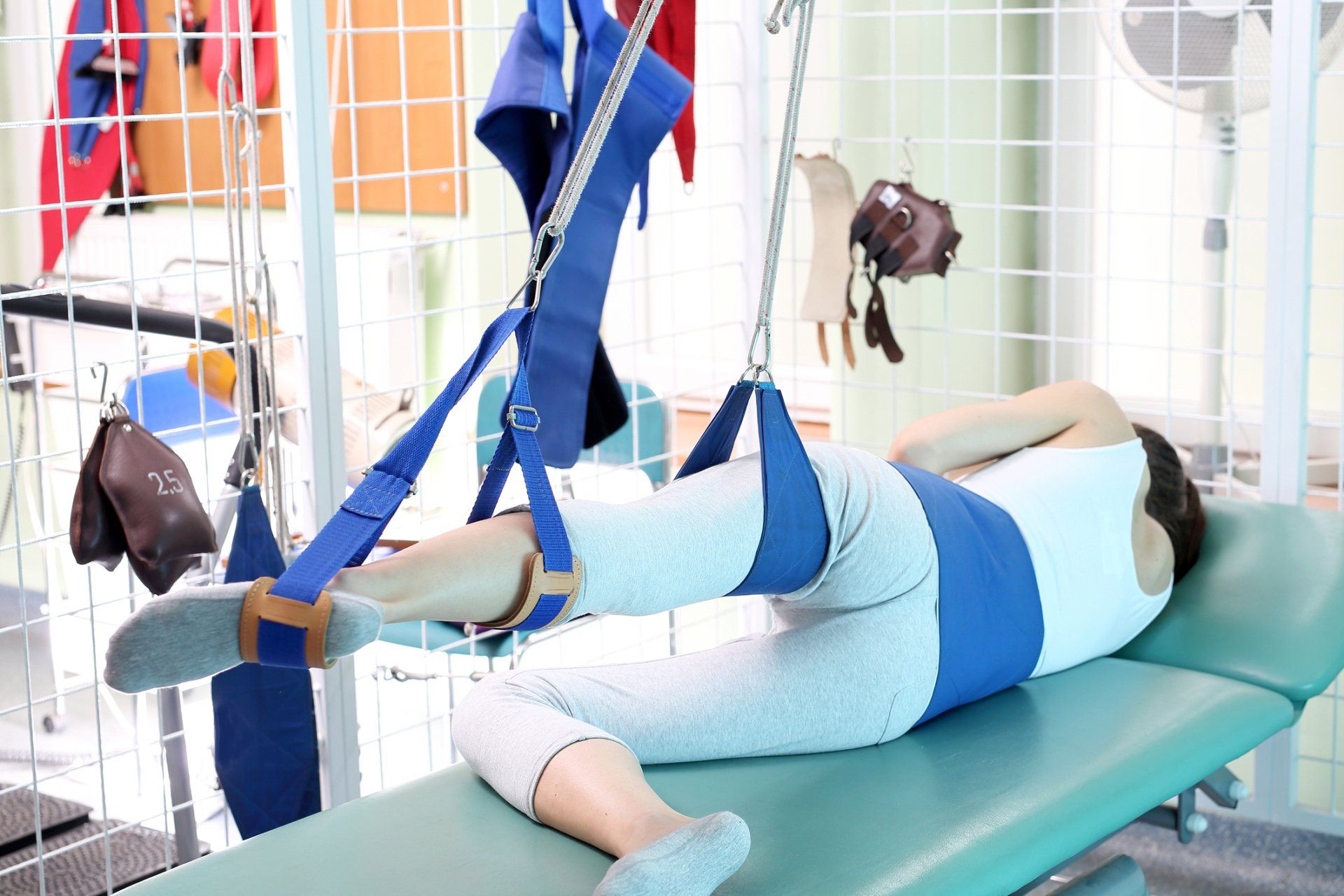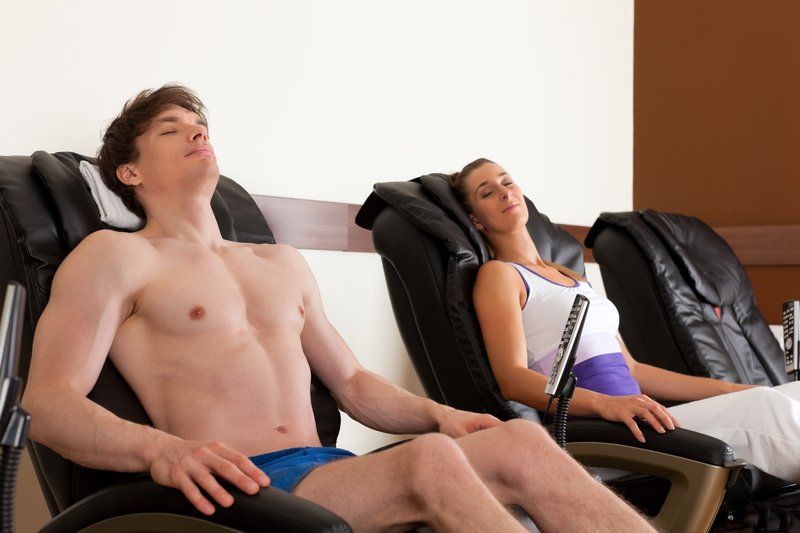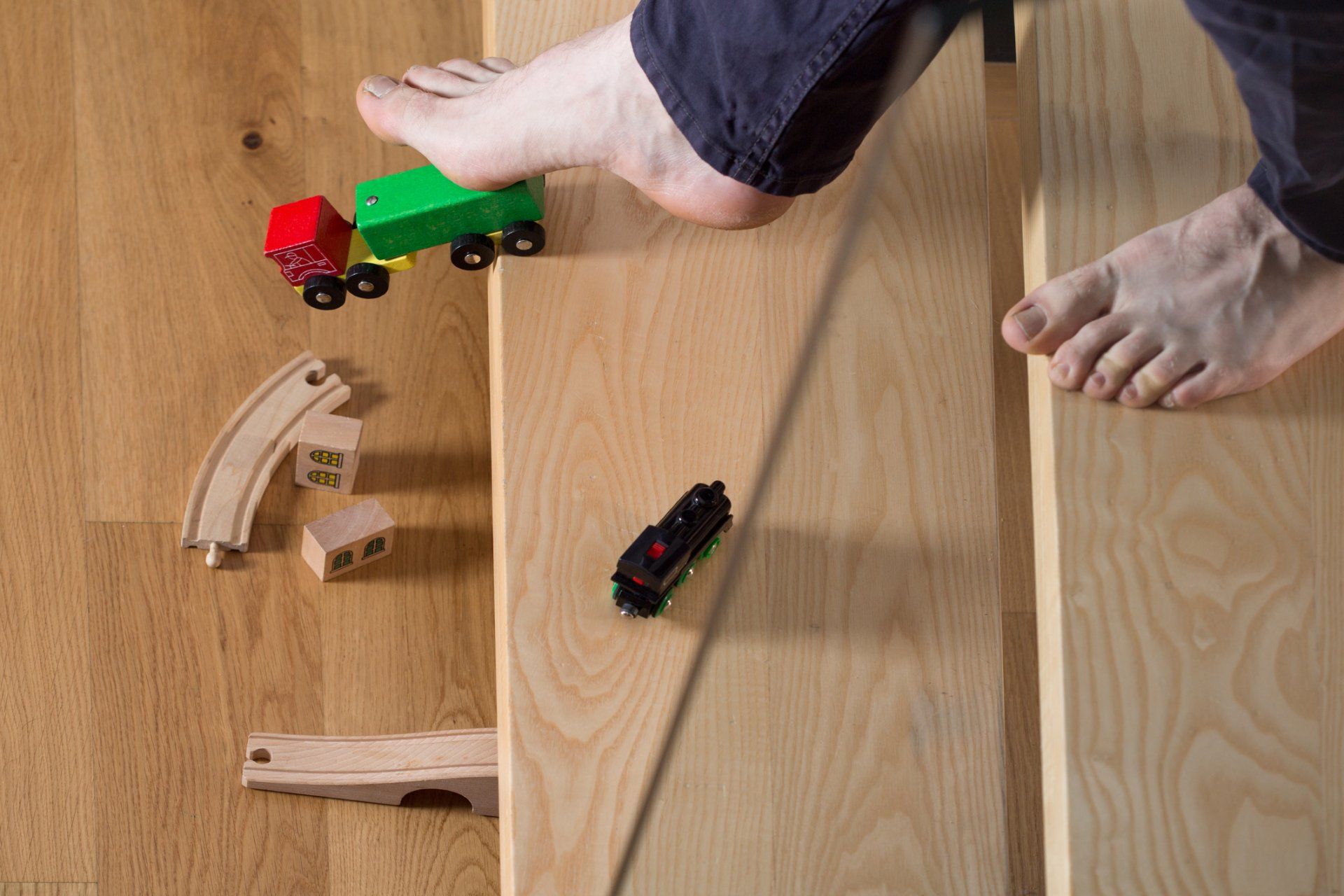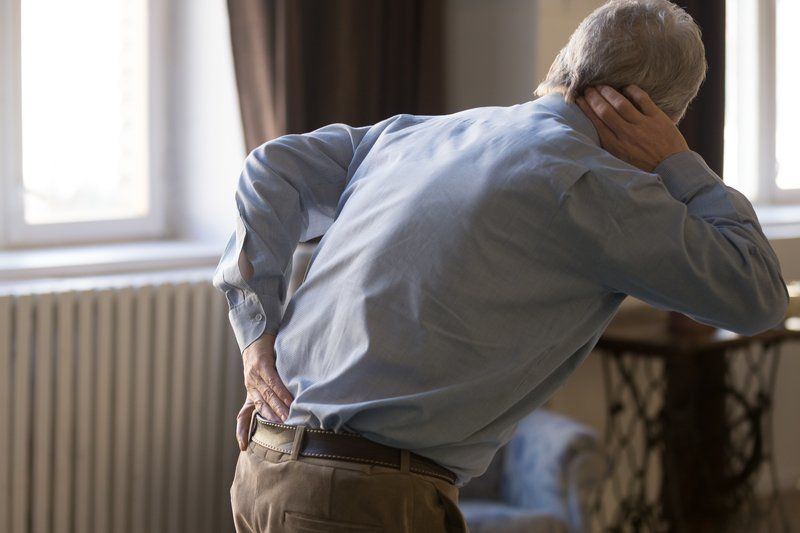Osteoarthritis
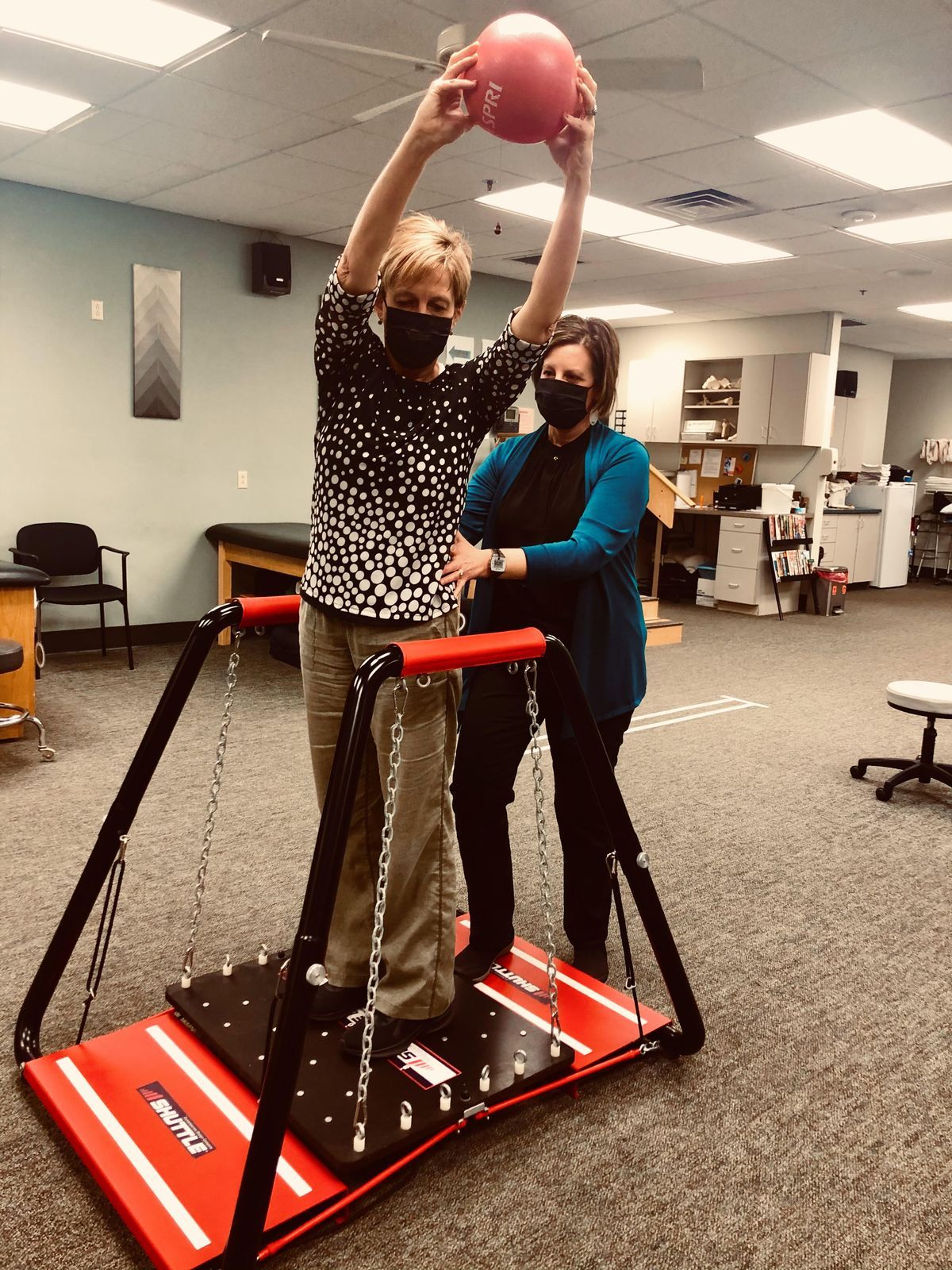
Osteoarthritis (OA) most commonly occurs in weight bearing joints such as knees, hips, and spine. However, OA can affect hands, wrists, and feet.
How Does Osteoarthritis Affect Joints?
- Cartilage: Cartilage is a firm, rubbery material that covers the ends of bones in a normal, healthy joint. Healthy cartilage allows bones to smoothly glide over one another. The main function of cartilage is to decrease friction in the joint. It also provides shock absorption with physical activity. Over time, cartilage can wear away causing bones underneath to rub together. This can cause swelling, pain in the joint, and loss of motion.
- Osteophytes: An osteophyte is small deposits of bone (bony growth), also known as a bone spur. This can happen when there is cartilage damage and bone spurs can form at the edge of a bone.
- Soft tissue: Soft tissue includes muscles, tendons, and ligaments. Muscle weakness can happen over time with decreased exercise due to joint pain. As cartilage deteriorates, tendons and ligaments may become lax, causing pain.
Symptoms of Osteoarthritis
- Joint achiness and soreness with activity and after rest.
- Joint swelling.
- Pain in joint after overuse, repetitive movements, or with sports.
- Limited range of motion.
- Muscle weakness around joint.
- Instability in joint (ex: knees buckling or “giving way”).
Most symptoms develop gradually over time.
Potential Causes of Osteoarthritis
- Obesity: Excessive weight can increase the likelihood of osteoarthritis. Extra weight puts increased stress on joints. This accelerates the wear on cartilage.
- Current or pre-existing injuries: A broken bone or soft-tissue injury (sprain or tear) near a joint increases the risk of developing OA.
- Joint overuse: Repetitive strains or movements over an extended time and duration can put increased stress on a joint.
- Heredity: Some individuals may have an inherited defect in a gene involved in the production of cartilage.
How Is Osteoarthritis Diagnosed?
- Diagnosis is based on a combination of factors that include description of symptoms, observation, location, and pattern of pain. A clinical diagnosis can be made with a thorough evaluation.
- X-rays can detect joint or bone damage. They can also be used to rule out other causes of pain in a particular joint. X-rays help determine if surgical intervention may be considered.
- An MRI reveals cartilage and other soft tissue structures. This may be used as part of the process of determining what treatment option is the best for you.
Of note: There is not a blood test to make a diagnosis of osteoarthritis. A blood test may be done to exclude other arthritis conditions that may mimic OA. Another reason for a blood test is to exclude diseases where OA occurs as a secondary condition.
Treatment for Osteoarthritis
There is not a cure for OA, but there are many things that help enable a healthy lifestyle.
- Physical therapy can help determine an exercise program that will help improve strength, flexibility, and balance. Physical therapy can help patients reach their goals through specific strengthening to best fit a patient’s need and lifestyle for improved function in everyday activities. A physical therapist will evaluate shoe wear, need for assistive device, education on how to best protect joints, and many other aspects to find the best outcome for each patient.
- A good exercise program will include:
- Strengthening to help build the muscles around the painful joints. This eases the stress put on joints.
- Range of motion and stretching to help improve flexibility.
- Aerobic or cardio exercise to increase endurance and help maintain or decrease weight.
- Balance exercises to help strengthen muscles needed for improved balance. Improved balance will decrease the risk of falls.
- Core strengthening to help facilitate posture and support the body.
- Pain and anti-inflammatory medications may help manage symptoms. This would be something to discuss with a doctor.
- Surgery intervention as determined by an orthopedic surgeon. Hips and knees are the most commonly replaced joints.
Osteoarthritis Prevention
Although OA is more common with age, it is not a guaranteed part of aging. There are many things that can be done to help mitigate OA, slow the progression of OA, and avoid surgery.
- Manage weight: Maintaining a healthy weight has been shown to be one of the best things to do for your joints. The National Health and Nutritional Examination Survey showed obese women are 4x as likely to develop OA. The risk for obese men is 5x greater.
- Exercise: Keeping active is a great way to maintain health. There are many different strengthening exercises to build the muscles around joints in a pain-free way. It is important to find movement and exercise that help improve range of motion and enhance quality of life. Walking for exercise is a great activity to add to a daily routine.
- Evaluation of new injuries: It is important to see a health care professional to evaluate an injury to take action to avoid further damage.
- Eating Healthy: There is not a diet proven to prevent OA. However, some nutrients have been associated with a reduced risk or decreased severity of symptoms. Some examples include food rich in omega 3 fatty acids (healthy fats). Foods with healthy fats have been shown to reduce body wide inflammation. Some research has shown a diet high in Vitamin D is also helpful with improved health in those with knee OA.
If you have osteoarthritis, these suggestions listed above will help you live a healthier lifestyle and slow the progression of osteoarthritis. If you are experiencing OA symptoms, at Rec Center Physical Therapy we have physical therapists available to evaluate and provide a customized treatment plan for you. If you are planning an upcoming surgery, Rec Center Physical Therapy can help with rehabilitation after your procedure.
For more information about Osteoarthritis, you can visit the Arthritis Foundation at arthritis.org. There you will find a section on osteoarthritis. Another website available is the Osteoarthritis Action Alliance (OAAA) at oaaaction.unc.edu.
Nicole Chavez, PTA, received her education as a Physical Therapist Assistant from Kirkwood Community College. She has over 20 years of outpatient physical therapy experience at Rec Center Physical Therapy. She is a certified Pilates instructor and teaches Pilates classes at the Collins Aerospace Rec Center. She also incorporates Pilates rehabilitation in physical therapy. She can develop an exercise program that will focus on core and overall body strengthening to improve whole-body movement, posture, and balance for everyday life.



